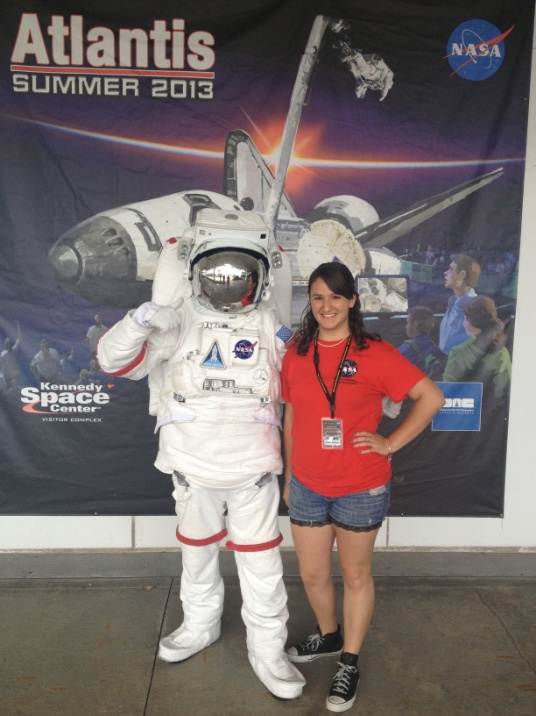NASA’s Fourth Annual Lunabotics Competition
What’s up, Panthers? I hope everyone is enjoying their summer whether you’re relaxing as much as possible or working hard at your summer classes. So far, my summer has been the craziest, most jam-packed and incredible time of my life. After finishing spring semester, I traveled to both Tampa and New York and landed an internship with NASA’s Swamp Works at the Kennedy Space Center – all within the span of two weeks. It really has been nuts, but everything I’ve experienced so far has been fantastic!
Here’s a little bit about where I’m interning. NASA’s Swamp Works is a research lab that does fast-paced research and development for the newest space technologies. They use tactics such as rapid prototyping and 3-D printing to build and test new prototypes that will advance space exploration and adaptation. I haven’t been assigned to any specific project just yet, but I’m sure I’ll be tapping into all my studies in my mechanical engineering degree at Florida Tech to help me along the way.
In order to kick start the internship, and dive right into the heart of the Swamp Works research, my supervisor Rob Mueller had us volunteer and observe all week at the Lunabotics competition. In NASA’s Fourth Annual Lunabotics Mining Competition fifty college teams from around the world co
me to the KSC to design and build robots that then go head-to-head in pits full of regolith, or moon soil.
The team that can collect the most regolith, wins!
The teams control the robots remotely during competition in the mission control bus, where they send signals via the Internet to drive the robots around. The teams get more points if they achieve full autonomy, or if the robot accomplishes the mining task without the team telling it what to do. Extra points are also awarded in areas such as team spirit and outreach.

I witnessed some incredible schools compete up close. Florida Tech was one of those schools. The team brought a robot with an entire chassis (or internal framework) made out of a carbon fiber composite. The composite acted as the housing for all the electronics to protect them from getting damaged from the regolith. The team spent a long time researching the specific properties of the space soil in order to create a simulant at a very small fraction of the price of the same soil with the same properties. I was very proud to call myself a Panther during that competition. The team even gave me one of their team T-shirts (and turns out, won the Team Spirit Award and took 5th overall)!robots remotely during competition in the mission control bus, where they send signals via the Internet to drive the robots around. The teams get more points if they achieve full autonomy, or if the robot accomplishes the mining task without the team telling it what to do. Extra points are also awarded in areas such as team spirit and outreach.
Now that the competition has come to a close, I will be working in the Swamp Works lab where I can be part of innovative and life changing research. I can’t wait to tell you all about it!
Until next time, Panthers.







